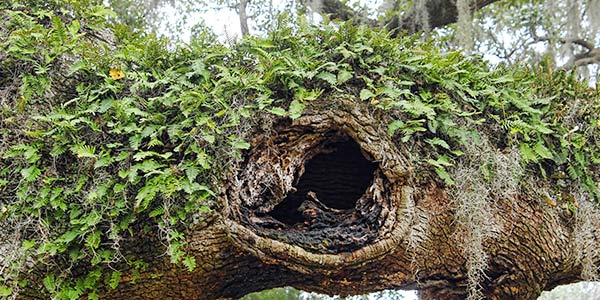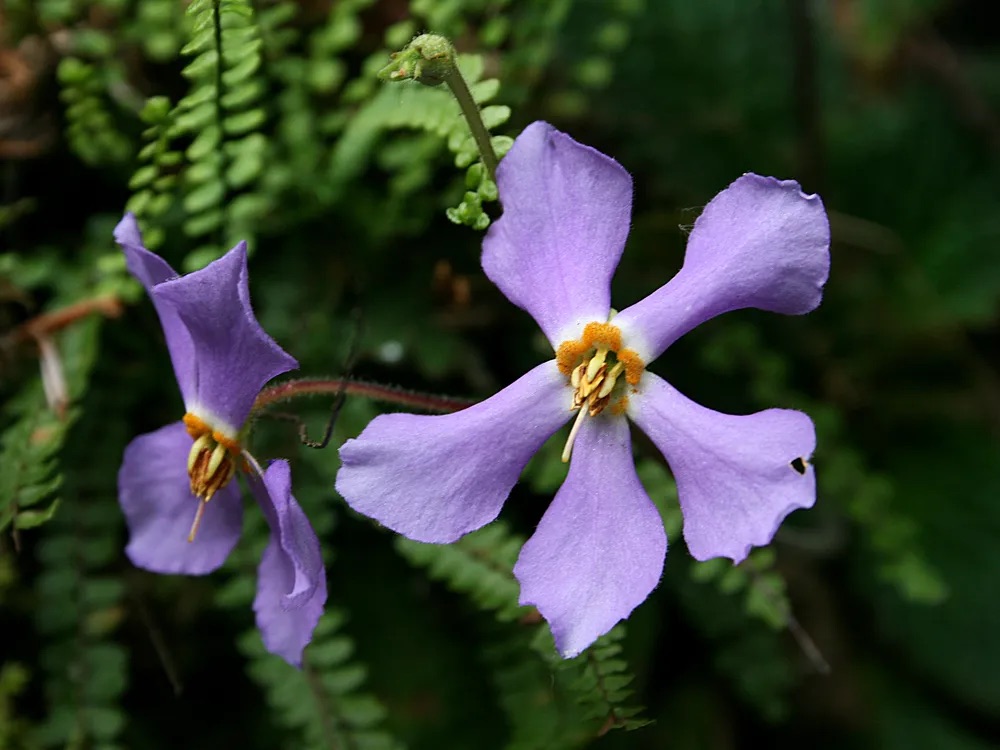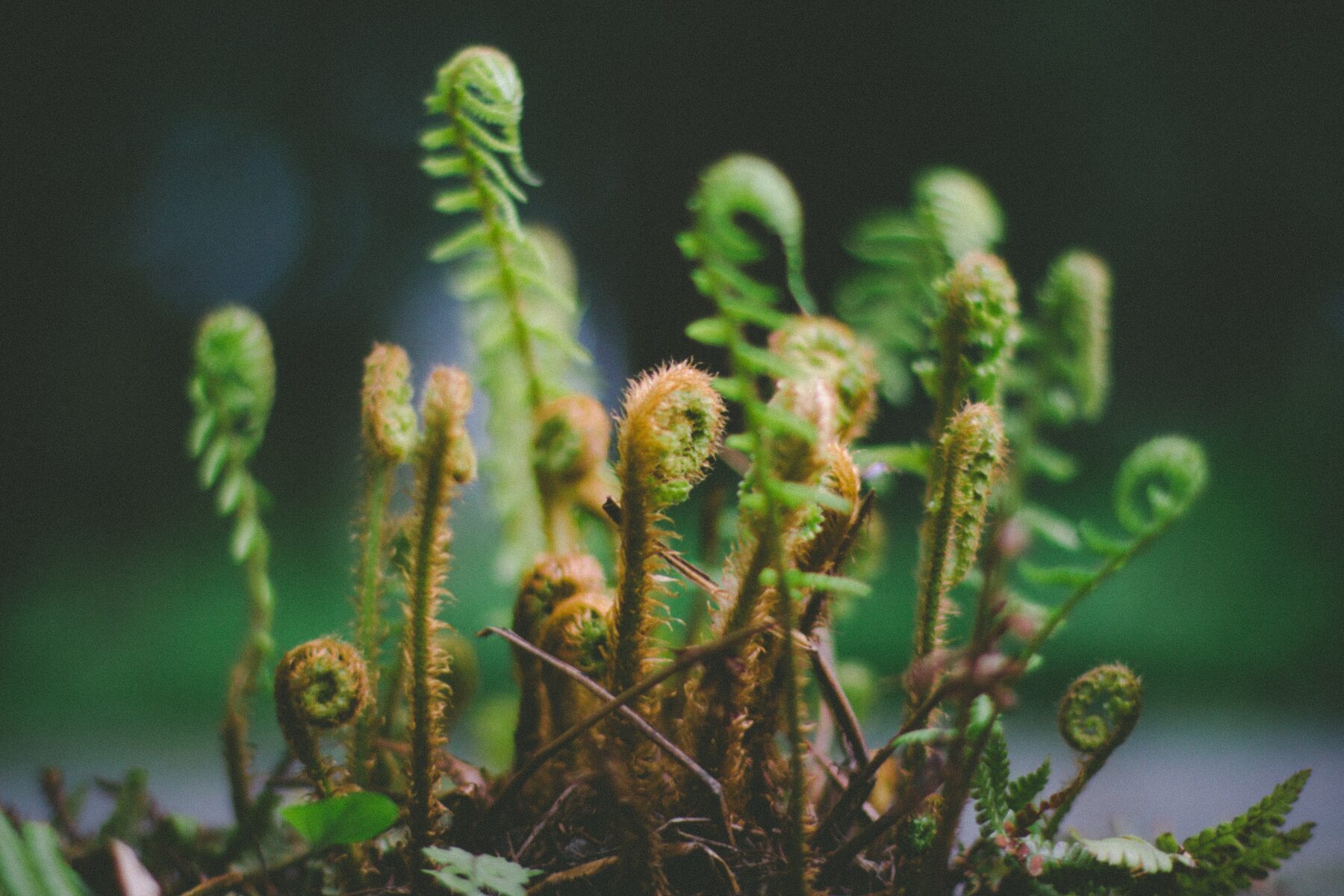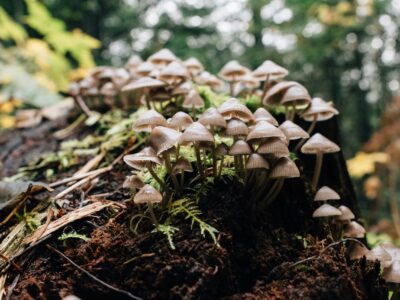You might already be familiar with Lenten roses and Easter lilies, but at this time of the year, there’s nothing that reflects the power of Christ’s work on Easter Sunday like resurrection plants.
These magnificent flora might appear to be dead, but they aren’t… they’re just really, really dry. These plants can survive for months or even years in extreme dehydration. Then, they spring back to life—seemingly miraculously—when given a little water. According to the National Wildlife Federation, most plants can only lose 10% of their water content before they die, but these species can shrivel up and shed as much as 95% of their water content without dying.
Paul says that “God’s invisible qualities—his eternal power and divine nature—have been clearly seen” in the Big Book of Creation since the beginning of time. Resurrection plants are one of those stunning examples of resilience and restoration baked into God’s creation, there for us to marvel at and find our Maker in.
Out of about 250,000 species of plants, there are only 135 species of resurrection plants around the world. Here are just a few of these incredible products of creation:
Rose of Jericho (Selaginella lepidophylla)
If you’re looking for a houseplant for those who especially lack green thumbs, the Rose of Jericho is perfect. Rose of Jericho evolved in the extreme heat and arid atmosphere of the Chihuahuan Desert, where water is scarce. It can survive for years, dried up and curled into a ball shape, roaming the desert like a tumbleweed until it finds water. As soon as this fernlike desert nomad senses moisture, it unfurls, rehydrates, and puts its fronds on display.
They might be native to the desert, but if they can adapt to those conditions, they’ve proven they can make it anywhere… even in the most negligent houseplant habitat. What a perfect present for those who wish they could grow things!
Resurrection Fern (Pleopeltis polypodioides)

You can find resurrection ferns on oaks and other host trees all throughout the Southeast part of the United States. They are known as “epiphytic ferns,” which means they grow on top of other plants or structures. Despite their need for a host, resurrection ferns are not parasitic—they don’t harm their host or draw nutrients away from the trees they call home.
When they’re under extreme drought conditions, resurrection ferns can lose up to 75% of their water without dying. They might look dead on those trees, but they’re just conserving their resources, waiting for water. In no time at all, these ferns spring back to life, green and healthy again.
Pyrenean Violet (Ramonda myconi)

Most resurrection plants are found in tropical and subtropical climates, but the rarest resurrection plants are tucked away in mountainous areas of Asia and Europe, where they’re able to survive freezing.
The Pyrenean violet is one such plant. It is able to survive in extremely cold temperatures by using antioxidant compounds that protect it against osmotic stress (more about the science of this process in this Smithsonian article). Perhaps even more incredible than its seemingly resurrective qualities is that this plant has a lifespan of between 200 and 250 years. Even though it’s found in these cold, mountainous regions today, it belongs to a tropical and subtropical family of plants that used to thrive in Europe millions upon millions of years ago. Over time, it has adapted to colder climates, an extremely rare feat in the plant kingdom.
Resurrection Lichen (Xanthoparmelia semiviridis)
Like our other resurrection plants, resurrection lichen similarly shrivels up to look like curled-up dry leaf litter, but after it rains, the lichen quickly unfurls and grows darker in color. Unlike other species in its lichen family, resurrection lichen doesn’t require any kind of substrate to grow—it takes the same tumbleweed strategy as its (very distant) cousin, the Rose of Jericho, blowing about in a ball in dry conditions until it gets wet. It is currently found in Australia and on the southern island of New Zealand, but because of the loss of habitat, the lichen is on New Zealand Department of Conservation’s “At Risk – Declining” classification list.
Blue Gem or Blue Carpet (Craterostigma plantagineum)
This resurrection plant also goes by these fun-to-say names, Mubatabata and Umabuyasibonze. Blue Gem is a low-growing, shrub-like, flowering plant that is primarily found in Africa. It is also known for its unique drought tolerance, like its other resurrection plant friends, but Blue Gem is able to retain chlorophyll and keep its photosynthetic structures intact, rapidly recovering from desiccation within 24 hours of rehydration. Other types of resurrection plants can take longer to recover.
It’s this quick recovery that makes Blue Gem a particularly interesting species to study.
More Than a Natural Wonder
It isn’t just that these incredible plants have such unique properties to survive in extreme conditions. Sure, that’s a fun fact and an amazing natural phenomenon.
But in a world that is increasingly warmer and dryer, prone to droughts and more extreme weather, resurrection plants might hold the key to future food security.
By studying these plants’ physiology, biochemistry, metabolic and photosynthetic processes, and more, scientists might be able to apply their properties to other plants, especially those our species relies on, to create more drought-resistant varieties.
VIDEO: https://www.pbs.org/video/resurrection-plants-mqnv01/
Jesus, the firstborn of the new creation, continues to reveal the glory of the Father’s care and provision in the unfolding creation, even and especially these rare and beautiful resurrection plants.





 Copyright
2024
Root and Vine
Copyright
2024
Root and Vine